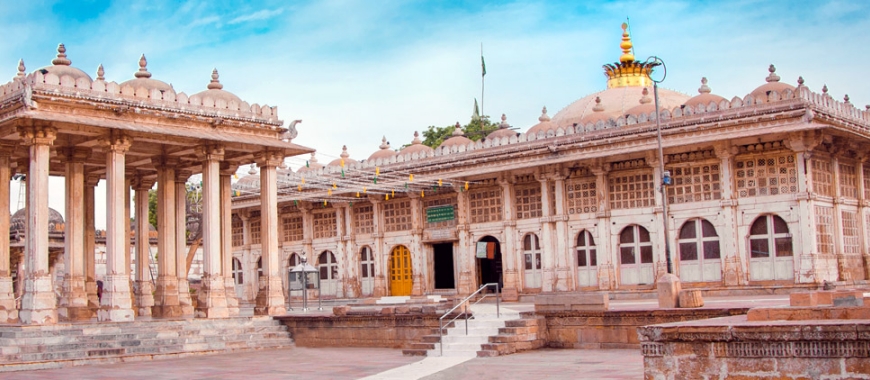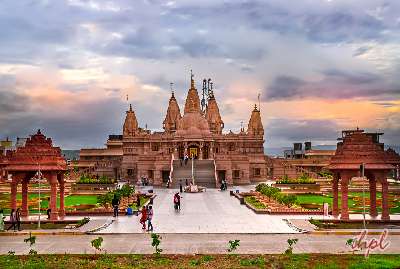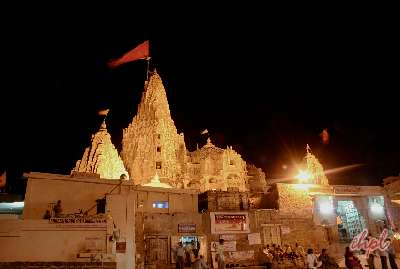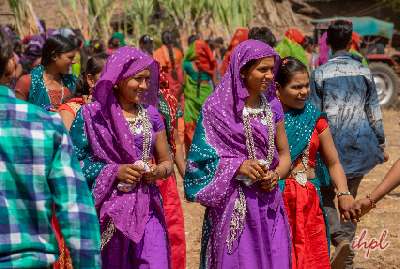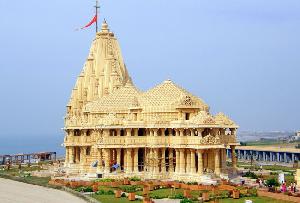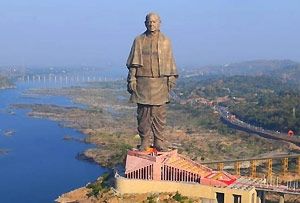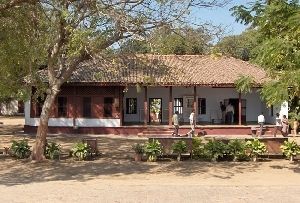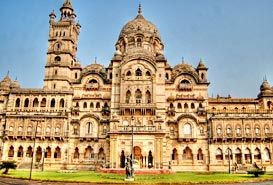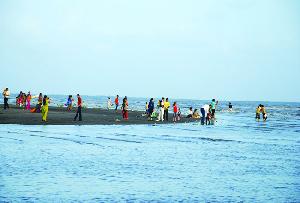Rani Udaymati Vav in Mehsana features Solanki-period architecture and is considered to be one of the greatest step well of the period. It is located some distance from the town centre. Constructed in the 1050s and named after Rani Udamati, the step-well is the oldest and claims to be the biggest among the more than 120 step-wells in Gujarat.
The step-well was silted up for centuries and only major excavation and restoration work in the 1980s helped expose its splendid structure. In the chambers, where the royal families came over to spend their leisure time especially in the summers, the water from the well served as a natural air-cooling system.
Mehsana Rani Udaymati Vav is easily accessible from Ahmedabad. The Vav is roughly two hours and 70 kms away from Ahmedabad. The place is a rich repository of superb styles – from the Indo-Saracen to the 15th-century Muslim styles and from the experimental contemporary styles to the renowned Le Corbusier. Rani Udaymati Vav in Mehsana feature artistic grandeur of austere Islamic principles of design and the traditional Hindu art of sculpted decoration. It marked the beginning of the Indo-Saracen style of architecture.
This unique step-well leads down to the water level. It started as simple structures, and in course of time, evolved to become complex, elegantly pleasing works of art. The ‘Vav’ is very rich in sculptures. Each level is generously adorned with carved friezes and deities. Sculptures of deities in recessed and projecting niches cover all sides of the well. A visit to this historical site will leave you awe struck. Its beauty and architecture is sure to amaze the travelers.
History of Rani Udaymati Vav
Mehsana Rani Udaymati Vav in Mehsana was constructed during the last decade of the 11th century by Rani Udaymati in memory of her husband Bhimdeva I of the Chalukya dynasty (1022-1063 AD). Mehsana Rani Udaymati Vav is about 134 kms northwest of Ahmedabad, and about 57 kms from Mehsana.

